Mixed bag of measures to help poor real estate market
 The Ministry of Construction (MoC) last week proposed that the Ministry of Finance (MoF) reduce 50 per cent of value-added taxes for buyers who acquire units of 70 square metres or less with the price of less than VND15 million ($700) per square metre.
The Ministry of Construction (MoC) last week proposed that the Ministry of Finance (MoF) reduce 50 per cent of value-added taxes for buyers who acquire units of 70 square metres or less with the price of less than VND15 million ($700) per square metre.
MoC also proposed an extension of deadlines for collecting enterprises turnover and VAT taxes for investment and trading activities in real estate market.
MoC asked MoF to study and implement these proposals in early 2013 or within 12 months at the latest.
Meanwhile, MoF itself is also considering measures to rescue the real estate market. In the latest meeting with Hanoi People’s Committee, minister Vuong Dinh Hue said that MoF was setting up a financial package to resolve the huge stockpile of unsold housing.
According to MoC, initial figures collected from 44 cities and provincial construction departments showed that as of August 2012, around 16,500 apartments, more than 4,000 semi-detached houses, more than 1.6 million square metres of land plots and 25,800 square metres of office were unsold.
According to MoC, the unsold stockpile of condominiums are now valued at VND40,000 billion ($1.9 billion).
Paradoxically, the huge stockpile contributing to both an oversupply and a shortage of housing. The high and mid-end properties are in oversupply while lower-end houses are a shortage.
The Vietnam Association for Finance and Investment (VAFI) also proposed various ways to rescue the real estate market.
One VAFI proposal would permit low-end earners to buy house with the interest rate of only 7 per cent per year. The rest of the interest, from 3 to 5 per cent per year. will be funded by the government.
VAFI calculated that the government would need about VND8,000 billion ($380 million) in three years (2013 to 2015).
Secondly, VAFI proposed to set up a low-price housing fund, to sell for mid- and lower-income earners during 2013 and 2020.
According to VAFI’s calculation, with the huge stockpile and the reduced prices, this was a prime time for local authorities to set up this fund.
In order to create source for this fund, VAFI said local authorities should set aside financial source to buy around 10,000 units.
Another 15,000 units will be covered by the State Capital Investment Corporation under the form of an investment.
Apart from that, VAFI proposed the State Bank to reduce the deposit rate in foreign currency to 1 per cent, per year and zero per cent after that.
Reducing the deposit rate in foreign currency, VAFI said, would contribute to stabilising the exchange rate, increasing national foreign currency saving and reducing the mobilised interest rate in Vietnam dong.
The situation was so serious that, during the latest Vietnam Business Forum held recently in Hanoi, representatives of foreign investors also proposed their suggestions for breaking the frozen situation of the real estate market. A favourable tax framework, foreign investors said, was one of the practical ways to encourage real estate transactions.
Currently, different taxes are imposed on real estate transactions in Vietnam, including real property gains tax, value added tax, registration tax and non-agricultural land tax.
Other measures to consider would be to introduce a schedule with tax rates reducing over a period of time the property held by the purchaser.
What the stars mean:
★ Poor ★ ★ Promising ★★★ Good ★★★★ Very good ★★★★★ Exceptional
Related Contents
Latest News
More News
- Rapid law implementation may propel market fortunes (April 17, 2024 | 08:43)
- Nation urged to build on eco-IP model (April 16, 2024 | 10:22)
- Domestic steel demand expected to rebound amid warming real estate market (April 12, 2024 | 10:31)
- Implementation of new land laws must benefit investors (April 10, 2024 | 09:17)
- Apartment hikes hint at speculation return (April 09, 2024 | 10:14)
- Infrastructure focus sets stage for real estate bonanza (April 03, 2024 | 10:14)
- Nam Long Group maintains top ten position in real estate investment ranking (April 03, 2024 | 08:00)
- Hospitality and real estate sectors strive for sustainable growth (March 29, 2024 | 16:12)
- Gamuda Land starts construction of Eaton Park (March 28, 2024 | 16:40)
- New land law could entice Viet Kieu home (March 27, 2024 | 18:00)



 Tag:
Tag:
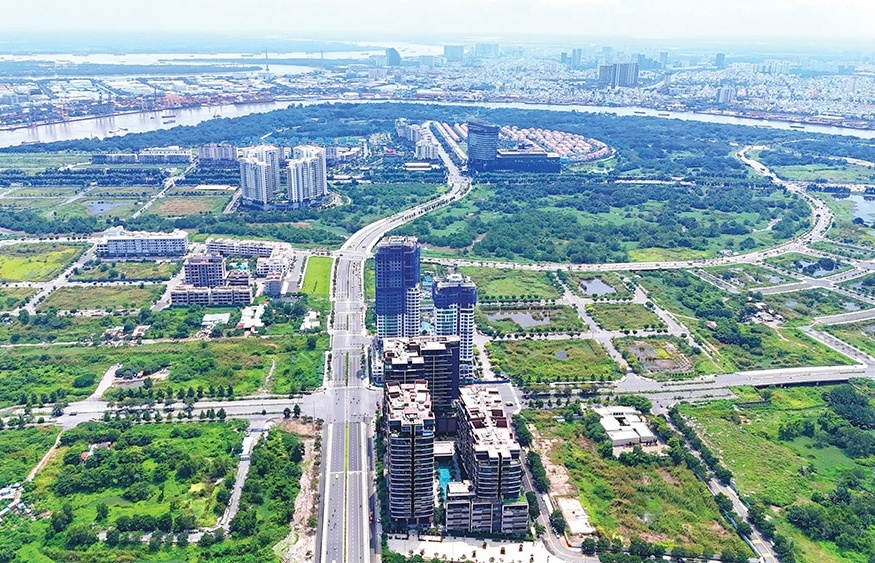

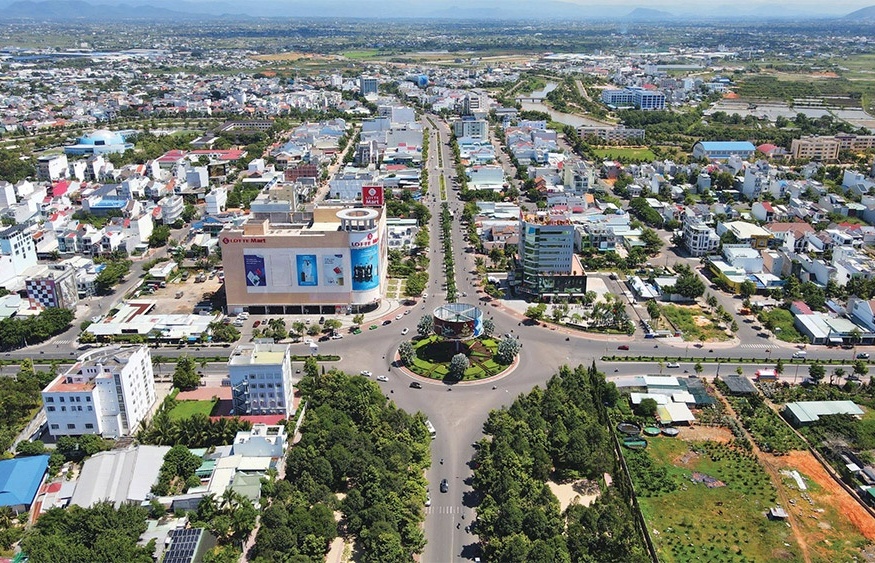
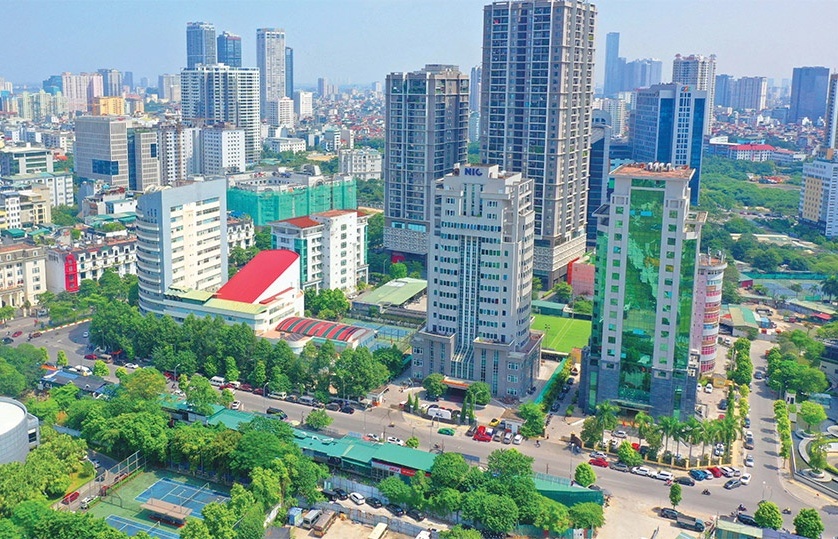
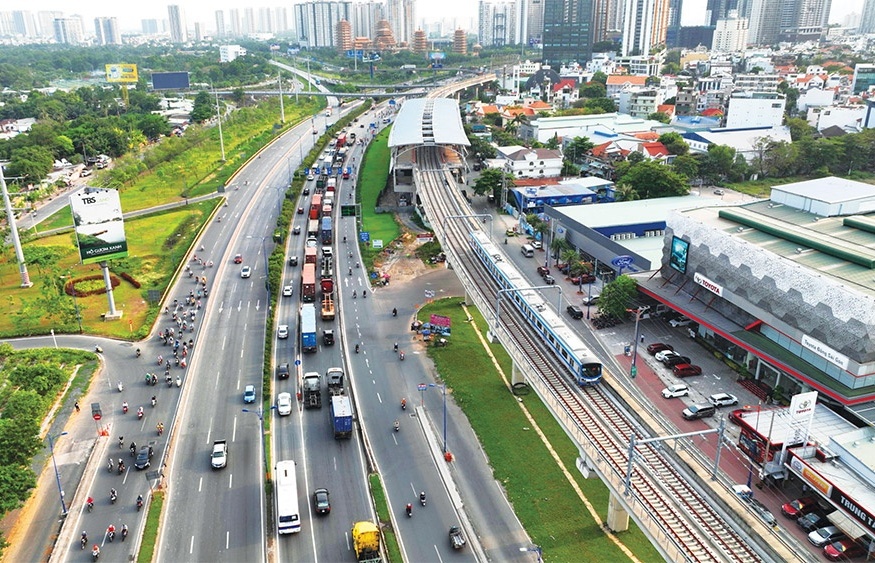
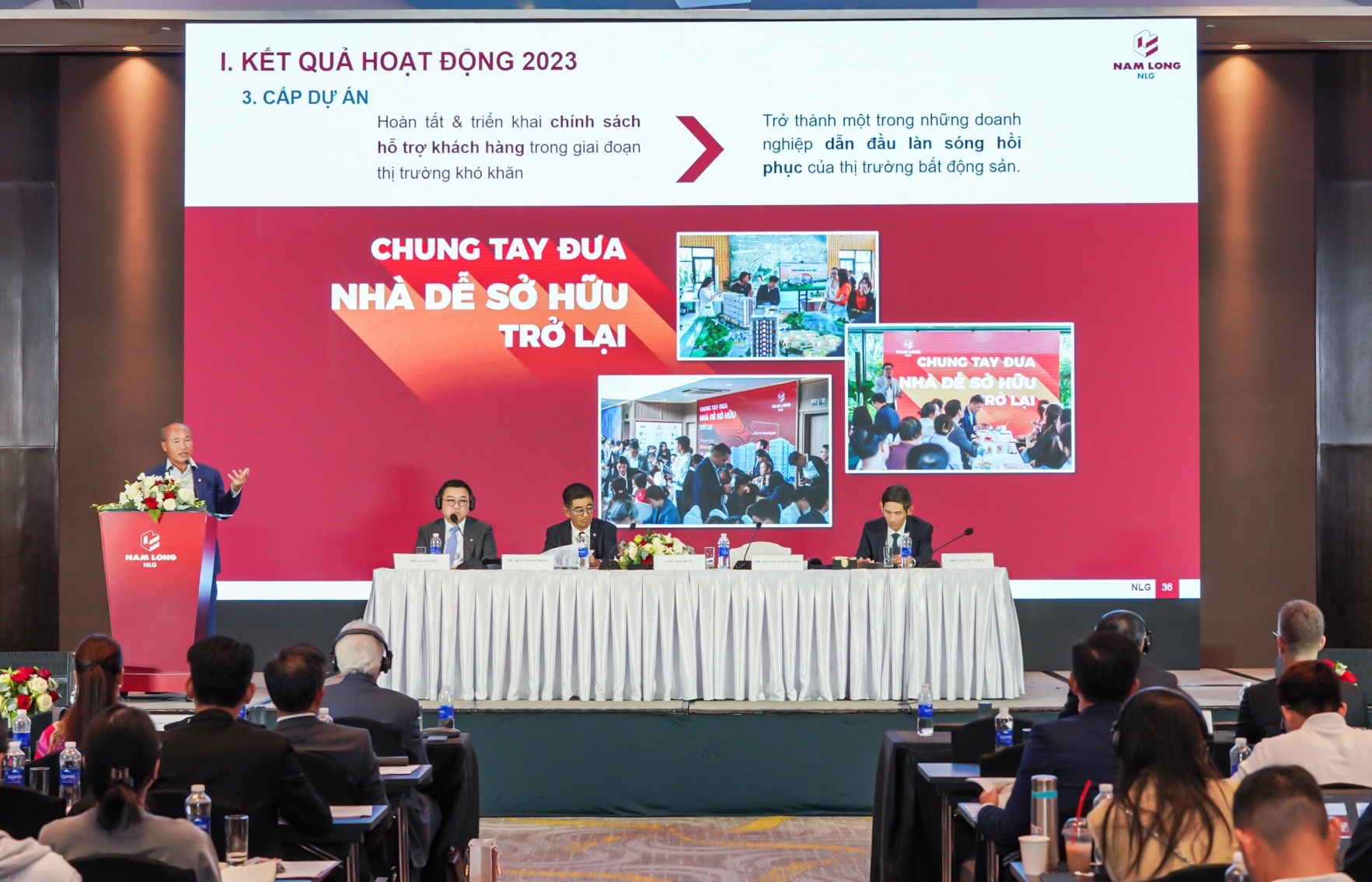
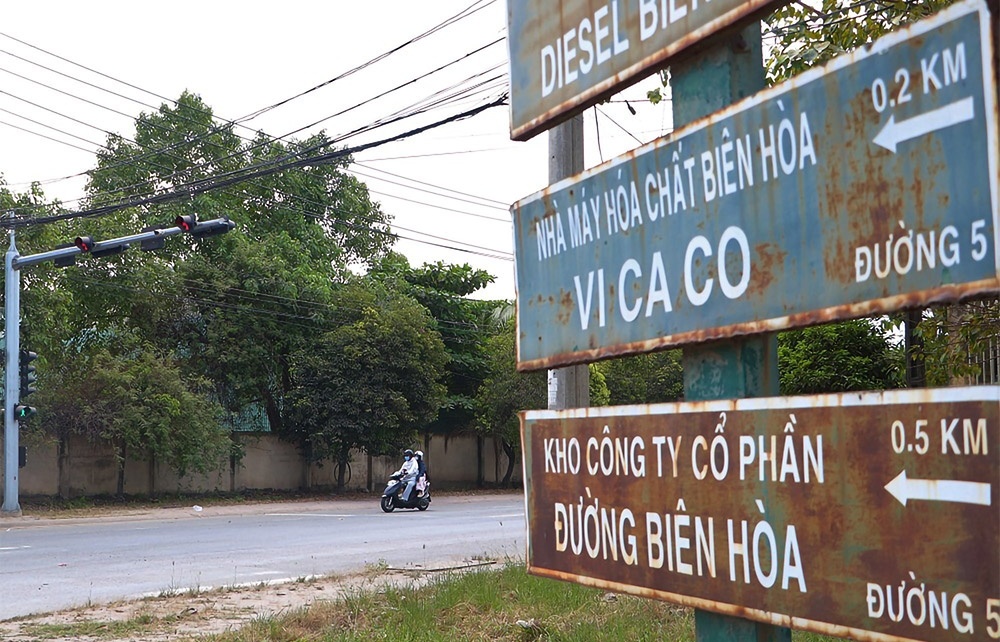
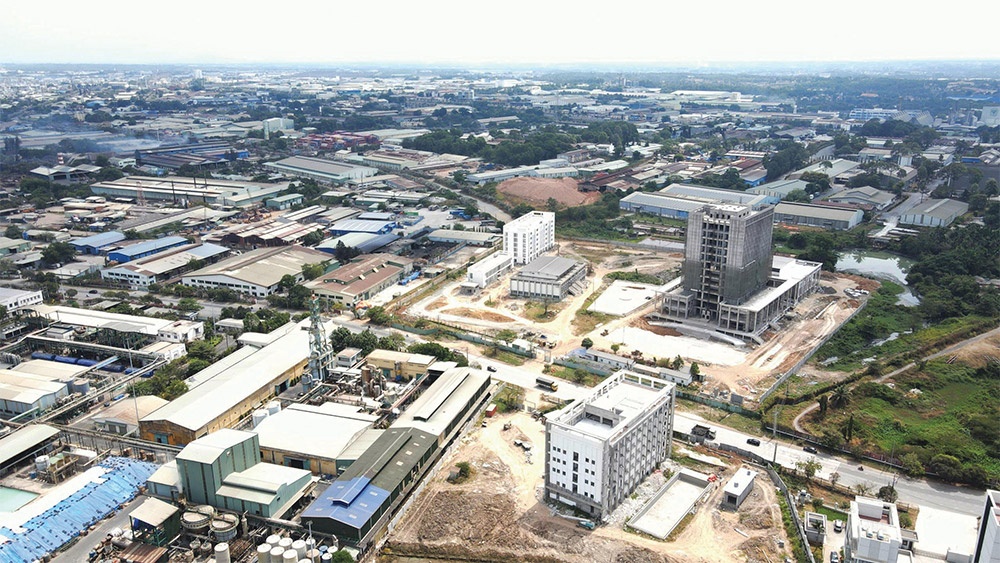



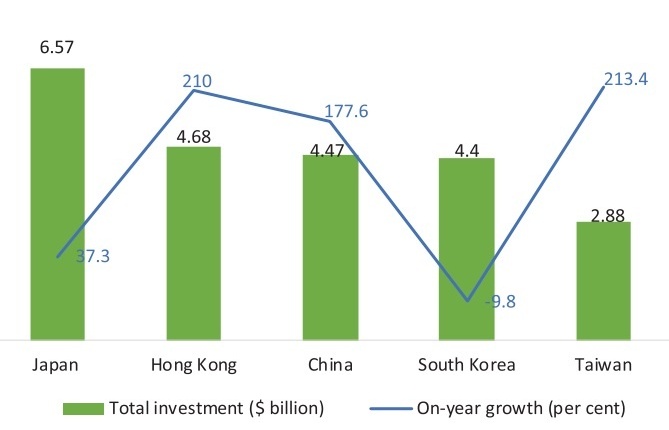

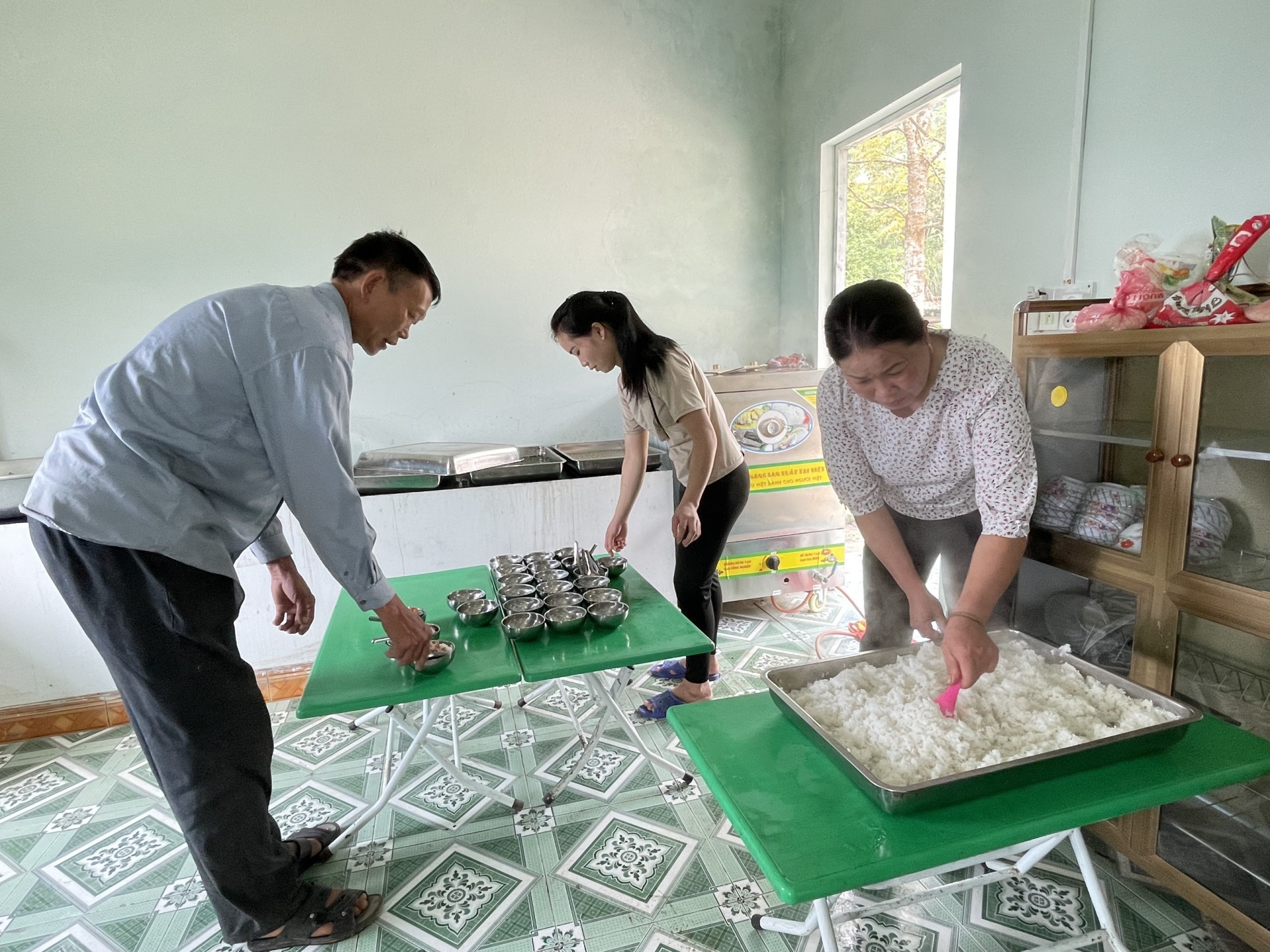



 Mobile Version
Mobile Version